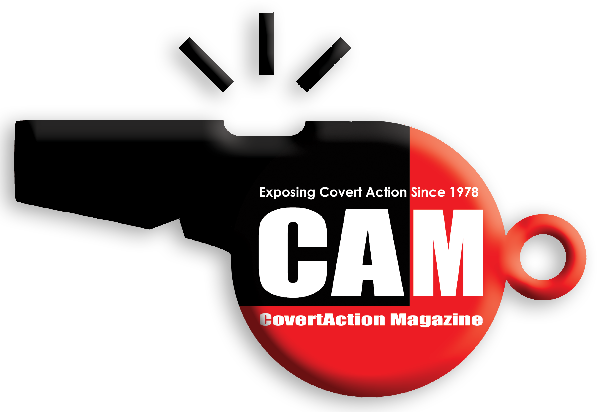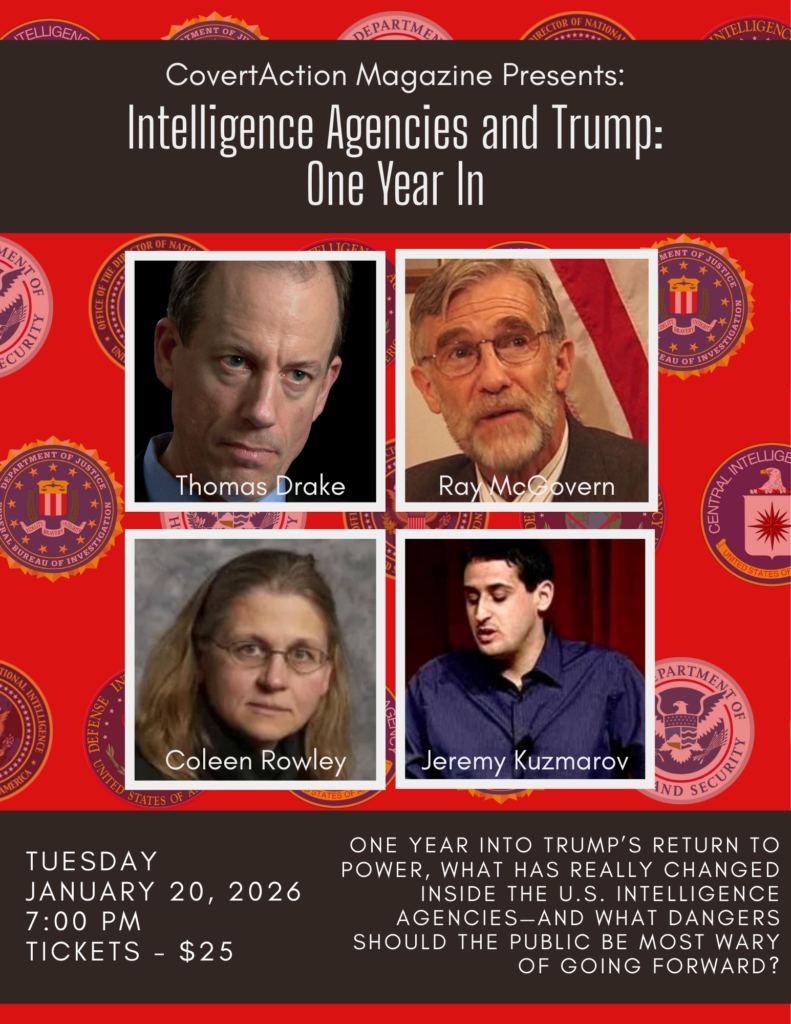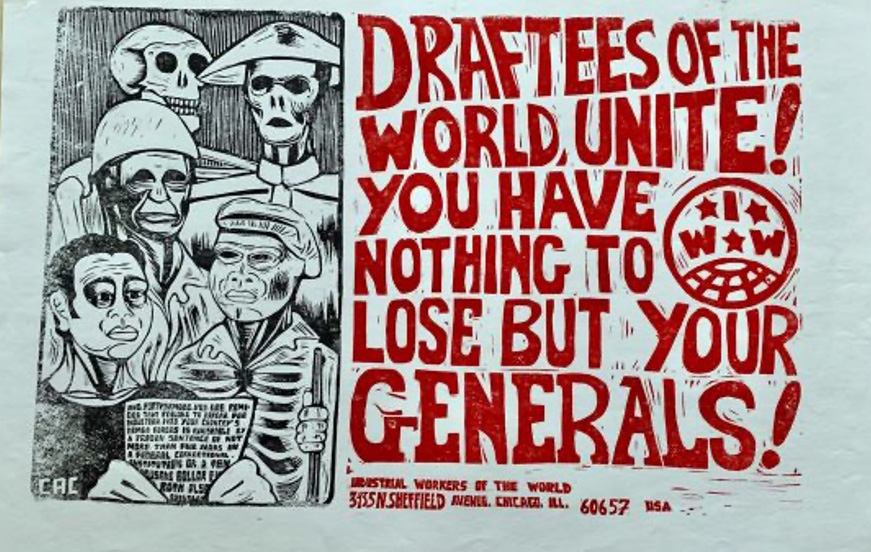
About ten years ago, I attended a lecture by noted anti-war author Andrew Bacevich, a professor of international relations at Boston University and former Army colonel whose son died in Iraq.
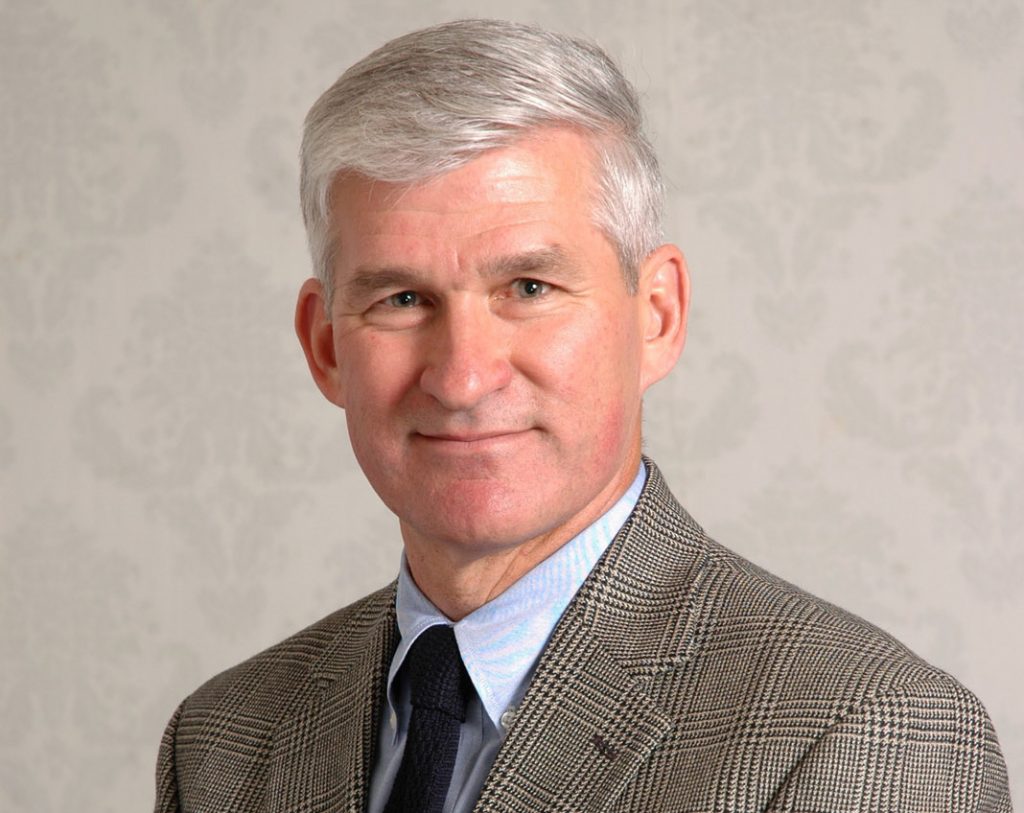
Bacevich provided critical commentary on U.S. foreign policy in the Middle East and then advocated for restoring the draft which, he said, was the only way to revitalize the anti-war movement of the Vietnam era.
According to Bacevich, if the draft were restored, the students and parents at his and other elite universities would be pounding on the doors of university administrators and government officials demanding an end to the country’s forever wars.
The Lincoln administration first instituted the draft during the Civil War when it provoked large-scale riots that resulted in attacks on Black New Yorkers and hundreds of deaths.
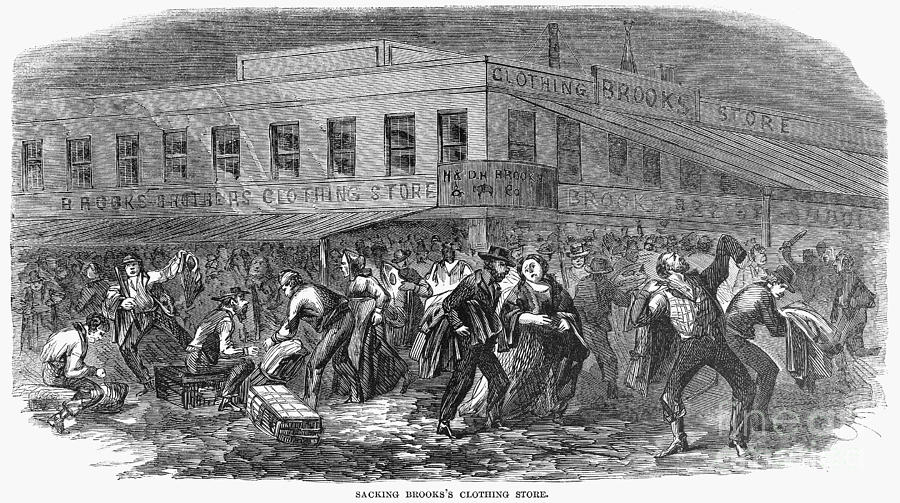

After a 50-year lull, the draft was re-instituted during World War I, World War II, the Korean War and Vietnam War and then abolished by the Nixon administration in 1973 in an attempt to defuse protests against the Vietnam War and GI revolt led primarily by draftees.
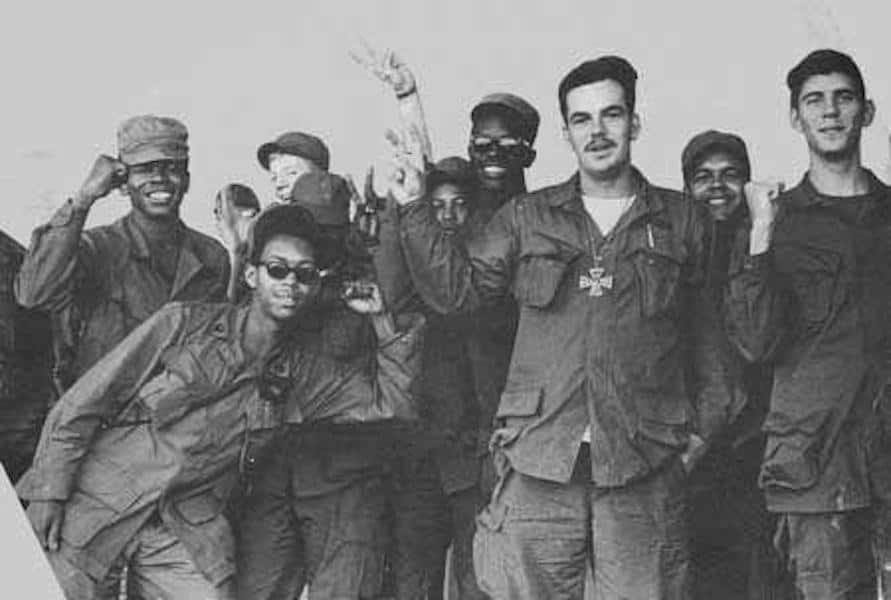
Over the last 50 years, the U.S. government has continued to wage permanent wars with an all-volunteer force reliant on air power, robotic machines and other advanced technologies so that the draft does not have to be reinstituted.
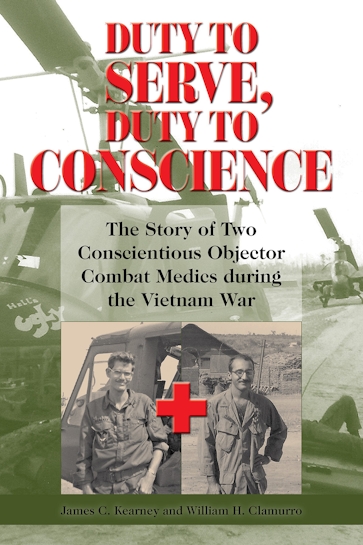
The U.S. further relies on the use of proxy forces, third-country nationals, mercenaries, Special Forces and the CIA, which have been crucial in sustaining the U.S. empire in an era when the public has not been expected to make the same sacrifices as generations past.
James C. Kearney and William H. Clamurro’s book Duty to Serve, Duty to Conscience: The Story of Two Conscientious Objector Combat Medics during the Vietnam War (Denton, TX: University of North Texas Press, 2023) argues that alarm at the emergence of a new breed of political conscientious objector during the Vietnam War contributed significantly to the termination of the draft by President Nixon in 1973.
Prior to the Vietnam War, most people who requested conscientious objector status did so on religious grounds. Many were Mennonites, Quakers, Amish or Seventh Day Adventists who faced severe persecution.
The Hofer brothers were sent to Alcatraz after becoming conscientious objectors during World War I. Members of the Hutterite religious sect who believed that God did not place humans on earth to kill each other, they were hung from the ceiling and subjected to other forms of torture, dying after their transfer to Fort Leavenworth military stockade in Kansas.[1]
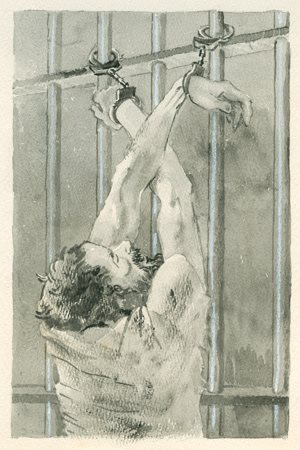

The U.S. military was most afraid that the new breed of political conscientious objector in Vietnam would undermine morale through their interaction with regular combat troops.
Kearney and Clamurro went to Vietnam as non-combat medics under a unique I-A-O classification, which was a compromise that would prevent them from having to desert the army or burn their draft cards and flee to Canada or Sweden as a friend of theirs from basic training did.
In a talk at a conference on the Vietnam War in Dallas hosted by Texas Tech University in April, both Kearney and Clamurro said that they had each come to oppose the Vietnam War during their college studies, though still felt a duty to serve their country in some capacity.
Kearney had become politicized as a student at the University of Texas where he studied liberal arts, had attended meetings of the anti-war campus group Students for a Democratic Society (SDS), and read books like J. William Fulbright’s The Arrogance of Power and Edwin O. Reischauer’s Beyond Vietnam: The United States and Asia, that debunked the official narrative about the war.
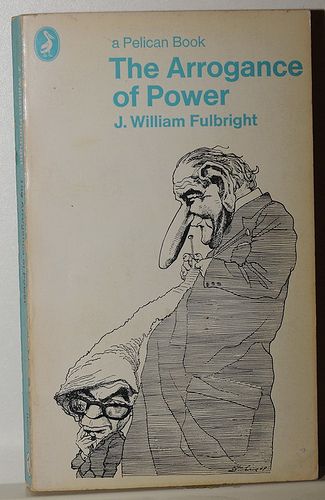
Clamurro obtained a Master’s degree in literature at Amherst College, where he was mentored by famed poet Archibald MacLeish. In Vietnam, his nickname was “Groucho Marx” because he mixed left-wing political views with a sense of humor. According to Kearney, Clamurro not only has an extraordinary resemblance to Groucho Marx, and could adopt his persona, but as someone who deals with language at a deep level, he saw something profound in the real Groucho Marx’ word plays and humor.
Kearney and Clamurro stressed that the decisions of young people drafted during the Vietnam War were very difficult and that there were often family pressures. Kearney, for example, grew up on a ranch in a small conservative Texas town and his decision to seek conscientious objector status caused a breech with his parents that took years to resolve. Clamurro’s family were more left leaning but also patriotic and his brothers served in the U.S. military.
Kearney and Clamurro said that what they did was not necessarily heroic, as they supported the U.S. war effort in Vietnam, though they did not carry any weapons or fire any shots and their focus was on healing the wounded.
Today, the two lead productive lives, but are still periodically haunted by what they experienced in Vietnam.
In Duty to Serve, Duty to Conscience, they write of Army friends who got killed after having a premonition that their time was short, of a daily “crapshoot with death,” and of the horrendous devices adopted to kill Vietnamese and destroy the environment, including the Rome plow, a monster bulldozer manufactured in Rome, Georgia, that cleared through jungle foliage.

Kearney and Clamurro wrote additionally about racial strife in the U.S. Army, rampant drug use in the rear, and fraggings, or attempts by “grunts” to kill their senior commanding officers.
The Kent State killings in 1970, when Ohio National Guardsmen opened fire on a campus protest and killed four students, was in their view “another symptom and an inevitable consequence of the madness that simply was the U.S. Army in Vietnam and the basic delusion of our government’s view of the world.”[2]
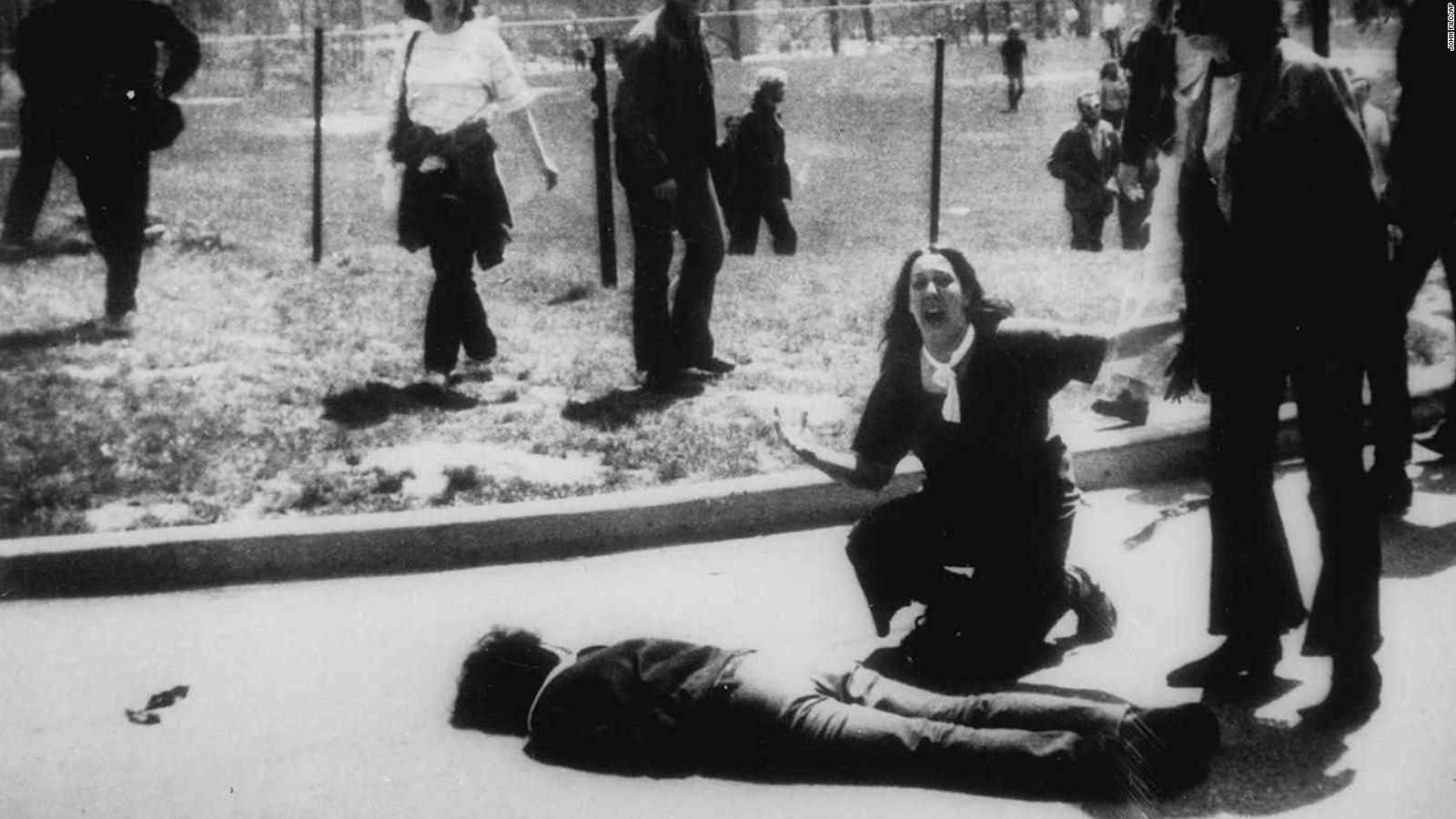
That delusion included a false belief in the domino theory and the willingness to expend massive firepower on behalf of a corrupt ally who could not compete politically with the National Liberation Front (NLF)-North Vietnamese side in the war.
Kearney and Clamurro wrote that “Cu Chi provides an apt symbol of American ignorance and folly in the Vietnam misadventure, given that, even as we were invading Cambodia in 1970 to find and destroy the VC (NVA) command center, this very same command center was hidden under our feet (the U.S. Army deeply unaware), deep in the famous Cu Chi tunnels—now a favorite tourist stop for American veterans and others visiting Vietnam.”[3]
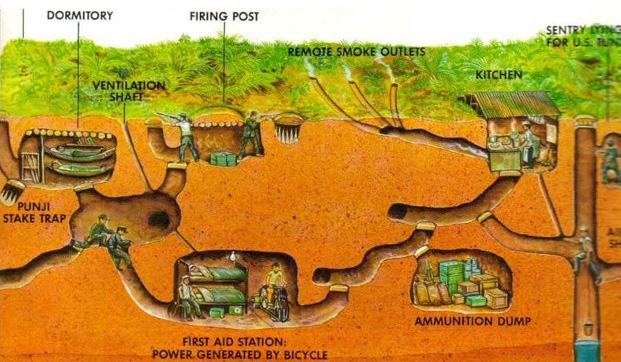
Kearney is lucky to still be alive. In the last week of his tour of duty, he was shot in a “hot hoist” operation where a medevac crew hovers over wounded GIs even when the enemy is still firing at them and tries to rescue and treat them.
When Kearney was medevaced to an aid station, he was treated by Clamurro who remains among his best friends.
Both went on to successful careers—Clamurro in academia and as a poet, and Kearney running his family’s ranch and in academia—and Clamurro presided over Kearney’s daughter’s wedding.
A half century after the war ended, the two have decided to tell their story to remind people about political conscientious objectors in the Vietnam War and of the folly of that war—like so many others.
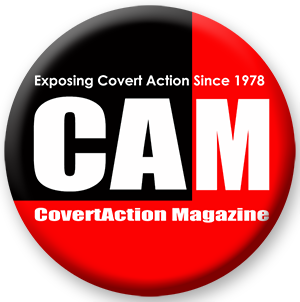
-
To add insult to injury, after their deaths, the U.S. Army placed the Hofer brothers in their coffins dressed in an army uniform which was an insult to their religion. See Duane Stoltzfus, Pacifists in Chains: The Persecution of Hutterites During the Great War (Baltimore, MD: Johns Hopkins University Press, 2013). ↑
-
James C. Kearney and William H. Clamurro, Duty to Serve, Duty to Conscience: The Story of Two Conscientious Objector Combat Medics During the Vietnam War (Denton, TX: University of North Texas Press, 2023), 136. ↑
-
Kearney and Clamurro’s book Duty to Serve, Duty to Conscience, 90. ↑
CovertAction Magazine is made possible by subscriptions, orders and donations from readers like you.
Blow the Whistle on U.S. Imperialism
Click the whistle and donate
When you donate to CovertAction Magazine, you are supporting investigative journalism. Your contributions go directly to supporting the development, production, editing, and dissemination of the Magazine.
CovertAction Magazine does not receive corporate or government sponsorship. Yet, we hold a steadfast commitment to providing compensation for writers, editorial and technical support. Your support helps facilitate this compensation as well as increase the caliber of this work.
Please make a donation by clicking on the donate logo above and enter the amount and your credit or debit card information.
CovertAction Institute, Inc. (CAI) is a 501(c)(3) non-profit organization and your gift is tax-deductible for federal income purposes. CAI’s tax-exempt ID number is 87-2461683.
We sincerely thank you for your support.
Disclaimer: The contents of this article are the sole responsibility of the author(s). CovertAction Institute, Inc. (CAI), including its Board of Directors (BD), Editorial Board (EB), Advisory Board (AB), staff, volunteers and its projects (including CovertAction Magazine) are not responsible for any inaccurate or incorrect statement in this article. This article also does not necessarily represent the views the BD, the EB, the AB, staff, volunteers, or any members of its projects.
Differing viewpoints: CAM publishes articles with differing viewpoints in an effort to nurture vibrant debate and thoughtful critical analysis. Feel free to comment on the articles in the comment section and/or send your letters to the Editors, which we will publish in the Letters column.
Copyrighted Material: This web site may contain copyrighted material the use of which has not always been specifically authorized by the copyright owner. As a not-for-profit charitable organization incorporated in the State of New York, we are making such material available in an effort to advance the understanding of humanity’s problems and hopefully to help find solutions for those problems. We believe this constitutes a ‘fair use’ of any such copyrighted material as provided for in section 107 of the US Copyright Law. You can read more about ‘fair use’ and US Copyright Law at the Legal Information Institute of Cornell Law School.
Republishing: CovertAction Magazine (CAM) grants permission to cross-post CAM articles on not-for-profit community internet sites as long as the source is acknowledged together with a hyperlink to the original CovertAction Magazine article. Also, kindly let us know at info@CovertActionMagazine.com. For publication of CAM articles in print or other forms including commercial internet sites, contact: info@CovertActionMagazine.com.
By using this site, you agree to these terms above.
About the Author

Jeremy Kuzmarov holds a Ph.D. in American history from Brandeis University and has taught at numerous colleges across the United States. He is regularly sought out as an expert on U.S. history and politics for radio and TV programs and co-hosts a radio show on New York Public Radio and on Progressive Radio News Network called “Uncontrolled Opposition.”
He is Managing Editor of CovertAction Magazine and is the author of six books on U.S. foreign policy, including Obama’s Unending Wars (Clarity Press, 2019), The Russians Are Coming, Again, with John Marciano (Monthly Review Press, 2018), Warmonger. How Clinton’s Malign Foreign Policy Launched the U.S. Trajectory From Bush II to Biden (Clarity Press, 2023); and with Dan Kovalik, Syria: Anatomy of Regime Change (Baraka Books, 2025).
Besides these books, Kuzmarov has published hundreds of articles and contributed to numerous edited volumes, including one in the prestigious Oxford History of Counterinsurgency .
He can be reached at jkuzmarov2@gmail.com and found on substack here.
